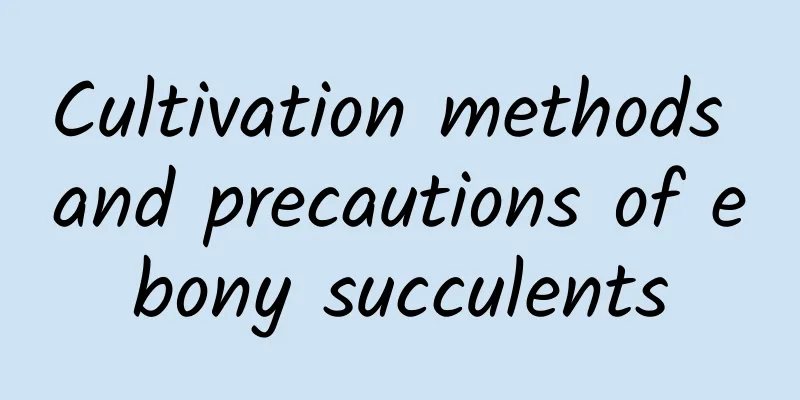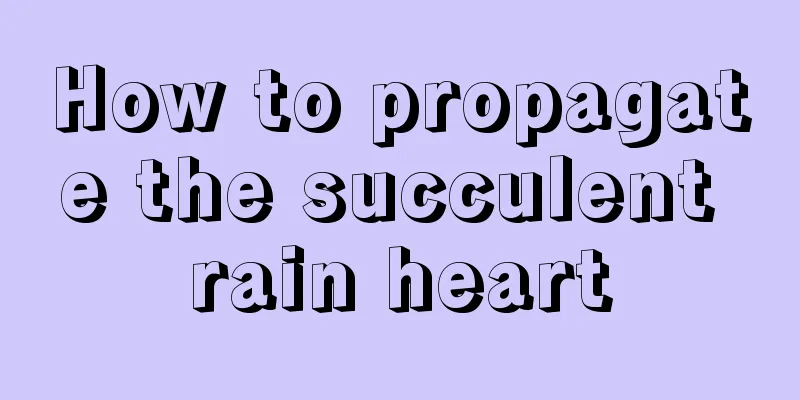When is the right time to plant tomatoes?

Best time to plant tomatoesGenerally speaking, tomatoes are divided into spring tomatoes, autumn-winter tomatoes, winter-spring tomatoes and overwintering tomatoes according to the planting and harvesting time. Tomatoes are usually sown and seedlinged in mid-February to early March in the north, and sown in July to early August in the south. The temperature is suitable at this time and the effect after planting is best. Planting time of spring tomatoes: The suitable seedling age for spring tomato cultivation is 50-70 days, that is, sowing should be carried out 50-70 days before transplanting. Planting time of autumn and winter tomatoes: Autumn and winter tomatoes are generally sown and raised from mid-to-late July to early to mid-August, and planted from mid-to-late August to early September. Cover the film from mid-to-late September to early October, and harvest from late November to early February of the following year. Planting time of winter and spring tomatoes: Winter and spring tomatoes are sown from early November to early December, transplanted from mid-to-late January to early February of the following year, and harvested from early to mid-March to June. Planting time of overwintering tomatoes: Overwintering tomatoes are a type of tomato cultivation. Generally, seedlings are raised from mid-to-late September to early October, planted in November, and harvested in January of the following year. How to grow tomatoes1. Seed disinfection ① Soak seeds in warm water: Place the seeds at a temperature of 55°C and keep soaking for about 15 minutes. This treatment can effectively prevent and control diseases such as canker and leaf mold. ② Soak the seeds in trisodium phosphate: first soak the seeds in water at room temperature for 3 to 4 hours, then add an appropriate amount of trisodium phosphate solution to clean water and continue soaking for about 20 minutes (concentration is 10%), finally take out and wash, then rinse with detergent, which can effectively prevent and control viral diseases. 2. Seed germination The sterilized seeds are soaked in water for another 6 to 8 hours, taken out and cleaned, and placed in a 25°C environment for germination, maintaining appropriate temperature and humidity. 3. Preparation of nutrient soil According to local basic principles, planting elements such as field type, fertilizer, peat and rice husk ash are configured, and nutrient soil is prepared according to the designed proportion to meet subsequent use requirements. 4. Planting When more than 70% of the germinated seeds turn white, they can be sown. In summer and autumn, the disinfected seeds can be used directly. Tomato planting management precautions1. Soil: Tomatoes do not have high requirements for soil. As long as the soil is loose, well-drained, breathable, with a deep and fertile soil layer and rich in humus, the soil pH should preferably be slightly acidic. 2. Light: Tomatoes like light and are short-day plants. Appropriate amount of light can promote their photosynthesis and ensure the quantity and quality of their fruits. 3. Water: Tomatoes like moisture and should be raised in an environment with high humidity, keeping the ambient humidity at around 50% and the soil humidity between 60%-80%. 4. Fertilization: The soil should be fertilized in advance before planting. It is best to use compound fertilizer and organic fertilizer to increase soil fertility. Nitrogen fertilizer can be applied during the growth period and early flowering period to ensure the growth and flowering quality of the plant. After the flowering period, the content of phosphorus and potassium fertilizers should be increased and the use of nitrogen fertilizers should be reduced. 5. Temperature: Tomatoes like warmth, and the most suitable temperature range for their growth is between 20-25 degrees. Therefore, when the temperature is too high in summer, cooling measures should be taken in time, such as sprinkling water around the plants. When the temperature is lower in winter, some insulation measures should also be taken, such as building sheds, covering with plastic film to keep warm and moisturized, etc. 6. Pruning: Tomatoes should be pruned in time, topped and pinched. The overly long and dense branches at the top of the plant should be cut off, and the old, weak and diseased branches should also be cut off to avoid absorbing nutrients and wasting nutrients. 7. Pests and diseases: Tomato blight is the most common disease of tomatoes, mainly because in a humid and hot environment, fungal erosion will damage the leaves and fruits of tomatoes. If tomato blight occurs, strengthen environmental ventilation and drainage, and then spray the plants with a diluted solution of downy mildew wettable powder; cotton bollworm is the most important pest of tomatoes, which will cause a reduction in tomato fruit yield. At this time, the affected seeds should be removed in time to avoid spreading the pests to other healthy plants. |
<<: When is the best time to plant roses?
>>: When is the right time to plant autumn cucumbers?
Recommend
Where is ice grass suitable for planting?
Ice grass planting area Ice grass generally grows...
What to do if clove leaves turn black
1. Pathogens The blackening is mainly caused by a...
What to do if the leaves of Chunlan turn yellow
1. Water appropriately: Cause: If the soil in the...
How many times a year can radish be planted? How many months does it take to harvest (growing period)?
How many seasons can radish be planted in a year?...
What is the cause of black tips on orchids?
1. Too much light Reason: Orchids are very afraid...
How to keep flower arrangement materials fresh for a long time
Ventilation The most important thing for roses is...
What are the cultivation methods and precautions for potted mint?
How to grow mint in a pot Potted mint, whose loca...
How much is a pound of monk fruit? How to eat fresh monk fruit
1. How much does it cost? Normally, the price of ...
How to propagate the fleshy bachelor tree and what to pay attention to
How to propagate fleshy bachelor trees The main w...
Where is ice plant suitable for planting?
Ice plant cultivation area Ice vegetable generall...
Do newly transplanted succulents need to be fertilized (can succulents grown in nutrient soil still be fertilized)
Regarding whether fertilization is needed when tr...
Clivia sowing method and sowing time
Clivia is a perennial flower plant belonging to t...
How much water is used for 100 catties of wheat seed dressing (ratio of wheat seed dressing agent to water)
Nowadays, many new wheat varieties are launched e...
How to prune yew bonsai
Yew bonsai pruning time Yew bonsai can be pruned ...
The meaning and symbolism of crabapple flowers
1. Meaning 1. Jade Hall Wealth The word "Tan...









